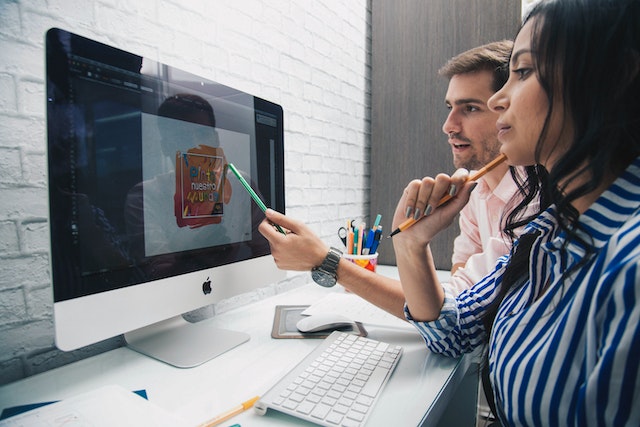Mobile apps must be attractive, user-friendly, fast, and exciting. For a mobile app’s user interface to feel natural and smooth, animations are essential. Here are some reasons why you should consider using Flutter when creating custom interfaces containing a lot of animations.
What makes Flutter such a great animation framework?
You can create animations that are native for iOS, Android, and other platforms with Flutter without needing programming skills in Swift/Objective-C and Kotlin/Java. React Native, Xamarin, or Ionic are similar frameworks, but Flutter works differently.
In comparison to Flutter and Xamarin, Ionic does not meet the needs of cross-platform development, which must be faster and cheaper. Ionic uses web technologies (HTML, CSS, JS, WebView) for building UI instead of Flutter’s graphic engine, which is optimized for mobile devices. As a result, you can build a larger, higher-quality, “native” product.
- Futter does not use the native UI. The Skia graphics engine renders the entire user interface for you when you run a Flutter application. The result is that we can develop applications across all platforms without sacrificing efficiency. Skia’s graphic engine delivers fast and high-quality animations.
- Furthermore, numerous ready-to-use widgets make animation easier. You can make custom ones, implement more complicated ones, or use those that look identical to the native ones (such as for iOS and Android).
- Flutter uses the Dart programming language, which is a lot simpler than JS. A significant performance benefit comes from the fact that it is compiled directly into the binary code of the target platform.
- The Flutter framework uses a declarative approach based on widgets (components) to create user interfaces. Additional speed-boosting is achieved by rebuilding widgets when they change – only when necessary.
Animations tools
- Lottie animations
Lottie animations are very well known. They cannot be used to simulate interactions, but they are also easy to implement.
- Framework-integrated animations with builders and controllers
There are several tools available for creating animations directly from the code. By using them, you can animate UI elements containing certain data, such as avatars, and text, move between screens, display content smoothly, display feedback when pressing buttons, etc.
The Flutter canvas also allows us to access the Skia API almost fully. Using it, we can control every pixel and, of course, animate it. Although this is a more advanced approach, it allows us to put even the craziest ideas into practice. Take it to the limit!
- Rive
With this tool, you can create simple repeating animations, make custom icons, create an interactive animation, and use the so-called “state machine.”
Get ready to animate!
A graphics engine’s ability to render animations is one of its most significant features. The fact that Flutter is based on an engine like this makes it a perfect fit for this type of application. Flutter’s animation creation process isn’t black magic but rather a fairly straightforward one. With the framework, you can choose from a wide variety of ready-made solutions as well as tools for building your own.

